Question
Four of the five among the following are similar in
such a way to form a group, who among the following doesn’t belong to the group? Study the following information carefully and answer the below questions Eight persons- P, Q, R, S, T, U, V, and W are sitting on the square table facing the centre. Four of them are sitting at the corner and four of them are sitting in the middle of the sides, but not necessarily in the same order. V sits third to the right of W, who sits in the middle of the side of the table. One person sits between V and U. P is sitting neither adjacent to V nor W. S sits second to the right of Q. S does not sit adjacent to W. Q sits third to the right of R. T sits neither adjacent to Q nor S.Solution
We have, V sits third to the right of W. W sits at the middle of the side of the table. One person sits between V and U. From the above condition, there are two possibilities. 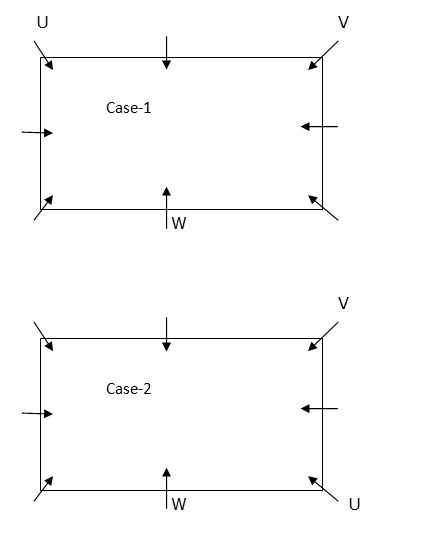 Again we have, P is sitting neither adjacent to V nor W. From the above condition, there are three possibilities. From the above condition, there are two possibilities.
Again we have, P is sitting neither adjacent to V nor W. From the above condition, there are three possibilities. From the above condition, there are two possibilities. 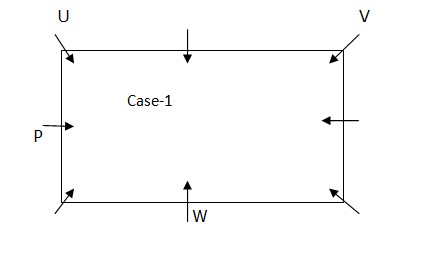
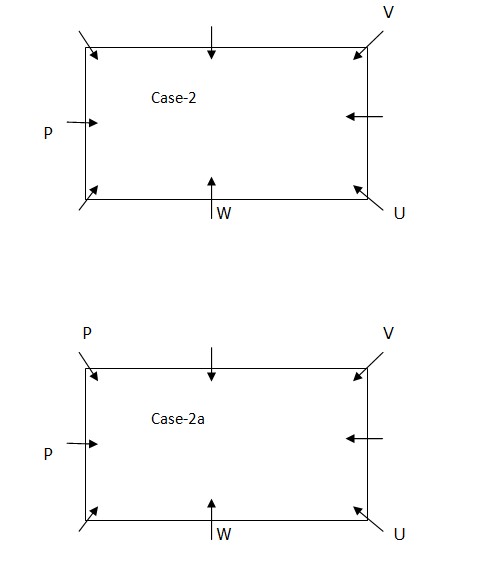 Again we have, S sits second to the right of Q. S does not sit adjacent to W. Q sits third to the right of R.
Again we have, S sits second to the right of Q. S does not sit adjacent to W. Q sits third to the right of R. 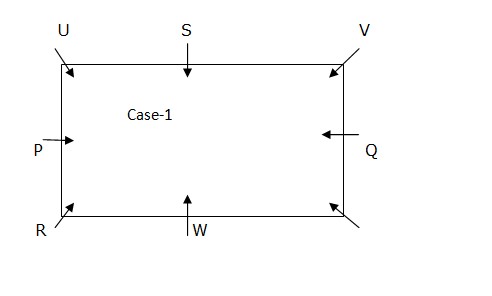
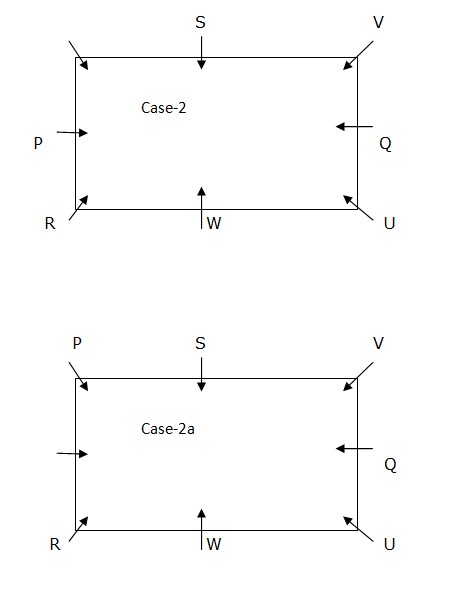 Again we have, T sits neither adjacent to Q nor S. From the above condition, cas1 and case2 get eliminated. Case2a shows the final arrangement.
Again we have, T sits neither adjacent to Q nor S. From the above condition, cas1 and case2 get eliminated. Case2a shows the final arrangement. 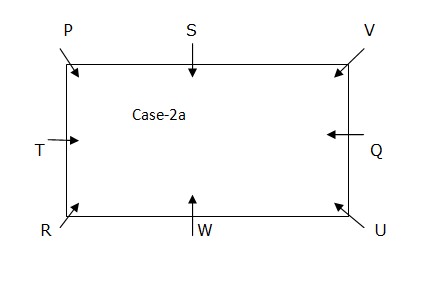
Two people enter a bus. Two adjacent cramped seats are free. Each person must decide whether to sit or stand. Sitting alone is more comfortable than sit...
Which of the following statements is true?
Which of the following is an INCORRECT match in the context of economics?
(i) Study of an individual firm an industry - macro economics
<...The marginal cost curve is__________.
Suppose we regress the dependent variable y on four independent variables x1, x2, x3, and x4. After running the regression on n = 16 observations, we ha...
Which of the following statements is FALSE?
Which of the following statements is true for a mixed economy?
Which of the following statement is the objective(s) of setting up of Regional rural banks?
(i) development of agriculture, trade and other pr...
Suppose we regress the dependent variable y on four independent variables x1, x2, x3, and x4. After running the regression on n = 16 observatio...
Which of the following leads to an outward shift in the supply curve
Relevant for Exams:


